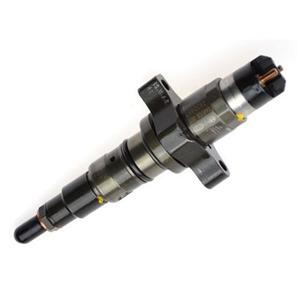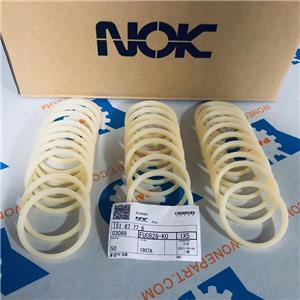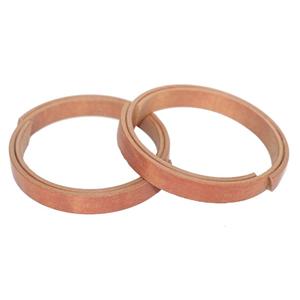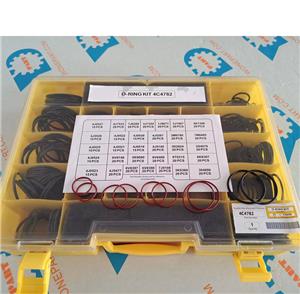Introduction of O Ring and Design
The O-ring is a kind of rubber seal ring with a circular cross section. As its cross section is O-shaped, it is called an O shaped seal ring. It is also called O-ring. It began to appear in the mid-19th century when it was used as a sealing element for steam engine cylinders. It is the most widely used in hydraulic and pneumatic transmission systems. Usually in Taiwan, Japanese companies are called O-Ring.
O ring are ring-shaped rubber seals with a circular cross section. They are mainly used for mechanical parts to prevent leakage of liquid and gaseous media under static conditions. In some cases, O-rings can also be used for axial reciprocating motion. And dynamic sealing elements for low-speed rotary motion. According to different conditions, different materials can be selected to suit them.
O-rings should be selected for large-section O-rings as much as possible. In the case of the same clearance, the volume of the O-ring that is squeezed into the gap should be less than the maximum allowable value.
For a variety of fixed or dynamic sealing applications, the o-ring provides the designer with an effective and economical sealing element. The o-ring is a two-way sealing element. Initial compression in the radial or axial direction during installation gives the o-ring itself an initial sealing capability. The sealing force generated by the system pressure and the initial sealing force combine to form a total sealing force which increases as the system pressure increases. The o-ring shows a prominent effect in the case of static sealing. However, o-rings are often used in dynamic, appropriate situations, but they are limited by the speed and pressure at the seal.
There are the following advantages:
1) Compact structure, easy to assemble and disassemble;
2) Both static and dynamic seals can be used;
3) The dynamic friction resistance is relatively small;
4) Use a single O-ring seal to seal in both directions;
O-ring suitable medium: hydraulic oil, gas, water, mud, crude oil, emulsion, water-ethylene glycol, acid.
O-ring products are mainly
Nitrile rubber (NBR): This material has a maximum temperature of 130 degrees and a hardness of 50-90 degrees. It has complete specifications, and it has good mechanical properties and is resistant to mineral-based lubricants and greases.
Fluororubber (FPM): This material has a high temperature of 240 degrees and is available in a wide range of specifications. It is known for its high temperature resistance and chemical resistance. In addition, it also has good anti-aging and anti-oxidation, very low gas permeability (especially suitable for true aerial equipment).
EPDM: The temperature range is from -50 to 150 degrees, and it is characterized by heat-resistant water, steam resistance, aging resistance and chemical resistance. It is suitable for hot water, steam, detergent, potassium hydroxide solution, silicone oil and grease, a variety of dilute acids and chemical (medicine) products. It is especially recommended for its glycol-resistant brake fluid properties, but it is not suitable for all mineral oil products (lubricants, fuels).
Silicone (SI): Silicone rubber has the widest operating temperature range (-60-180 °C), harmless, non-toxic and tasteless, excellent ozone aging resistance, oxygen resistance, light aging and weathering resistance, excellent electrical insulation Performance, special surface properties and physiological inertness, high gas permeability
There are also many materials such as: polyurethane rubber (PU) natural rubber (NR) butyl rubber (BU) sulfonated polyethylene (CSM) polytetrafluoroethylene (PTFE) neoprene (CR) acrylate rubber ( ACM) and other materials.
